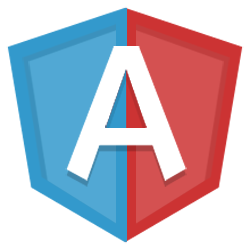This tutorial explains the integration between Spring Data REST, GemFire and AngularJS frameworks. We are going to develop a REST service which returns the JSON response and that will be accessed by the AngularJS web page. 1. Tools Required We’ve developed this tutorial by using the following tools: JDK 1.6. Tomcat 7. Maven 3. GemFire …
AngularJS
Spring MVC + AngularJS Integration
This tutorial illustrates how to use or integrate the Spring MVC and AngularJS together. AngularJS is popular JS framework for building the single page web applications. Also most of the mobile applications and rich user interfaces are using the AngularJS framework. Here we will show how to use this framework in the view layer and …


